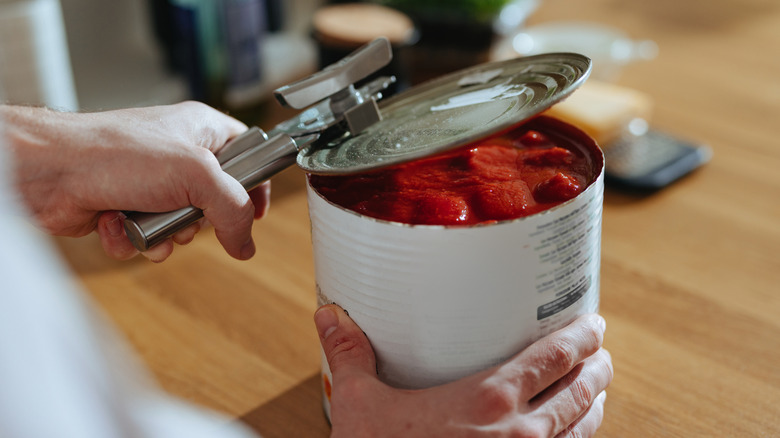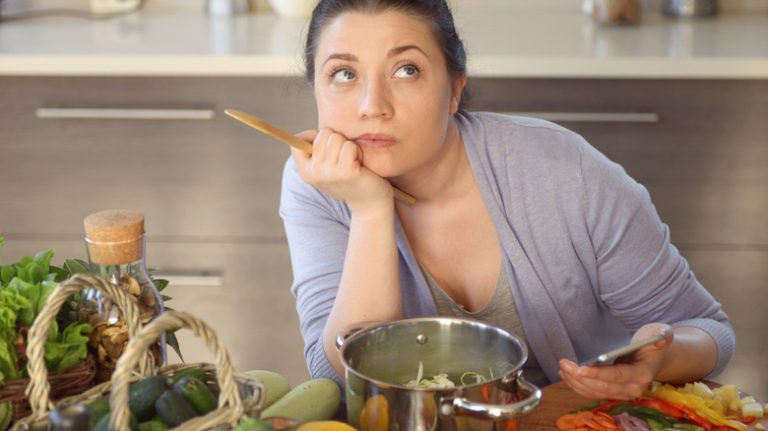
Whether you love them or not, increasing vegetable intake is essential for everyone. Vegetables provide a low-calorie source of fiber, vitamins, minerals, and phytonutrients that can reduce the risk of chronic conditions such as high blood pressure, high cholesterol, type 2 diabetes, and obesity. While nutritional needs may vary based on age and other factors, most people require at least 2.5 cups of vegetables daily. This amount of produce can quickly fill up your refrigerator, and it’s also contingent on your favorite vegetables being in season.
Although canned vegetables may not match the taste of fresh ones, they don’t spoil easily unless it has been years since your last pantry cleanout (consider how long you can safely store canned food). Canned vegetables are consistently available regardless of the season. However, a significant concern with canned vegetables is their high sodium content used for preservation. While rinsing might seem like a solution to remove excess sodium, an older study published in the Journal of the American Dietetic Association suggests it may not be very effective. Instead, researchers found that replacing the canning brine in a can of green beans with tap water before heating them reduced sodium content by 33%.
Lower the sodium, boost potassium

Many Americans consume excessive sodium, and examining the sodium content in a cup of canned green beans reveals why. A cup contains 460 milligrams of sodium, despite having only 36 calories and 3.6 grams of fiber. To balance sodium levels in the body, potassium is necessary. These green beans provide 222 milligrams of potassium, which is insufficient for a healthy sodium-to-potassium ratio. For optimal health, foods with a sodium-to-potassium ratio below 1 are recommended (according to Intake Health). A can of green beans exceeds a ratio of 2.
By rinsing and cooking these green beans in fresh tap water, the sodium content can be reduced to 308 milligrams, lowering the sodium-to-potassium ratio to 1.38. To further improve the ratio, consider adding potassium-rich foods to the green beans, such as cooked beet greens. Although beet greens contain sodium (347 milligrams), they offer 1,309 milligrams of potassium per cup. Combined, these vegetables achieve a healthy 0.42 ratio.
Are canned vegetables healthy?

Canned vegetables retain most of their nutrients because they are often picked and canned at their peak. Some water-soluble vitamins, such as vitamins B and C, may decrease due to the high heat required for canning. However, heating certain vegetables, like tomatoes, can increase antioxidants such as lycopene (according to the Academy of Nutrition and Dietetics). Always inspect canned foods for dents, check expiration dates, and discard them if necessary.
Canned vegetables offer a cost-effective option for those looking to reduce grocery expenses. According to a 2016 study in the Journal of the Academy of Nutrition and Dietetics, canned vegetables may also provide a convenient way to boost nutrition intake. Adults consuming canned fruits and vegetables usually have healthier diets, with higher fiber, natural sugar, and potassium intake and lower saturated fat intake compared to those who avoid canned foods. Both groups consume roughly the same amount of sodium and added sugar.
The American Heart Association recommends adding canned corn, tomatoes, and pinto beans to canned vegetable broth for a simple vegetable soup. Opt for low-sodium, reduced-sodium, or no-salt-added versions of these canned vegetables, and remember to rinse them before cooking. Also, be mindful that canned fruits can be high in added sugar, so choose those canned in water or juice.




